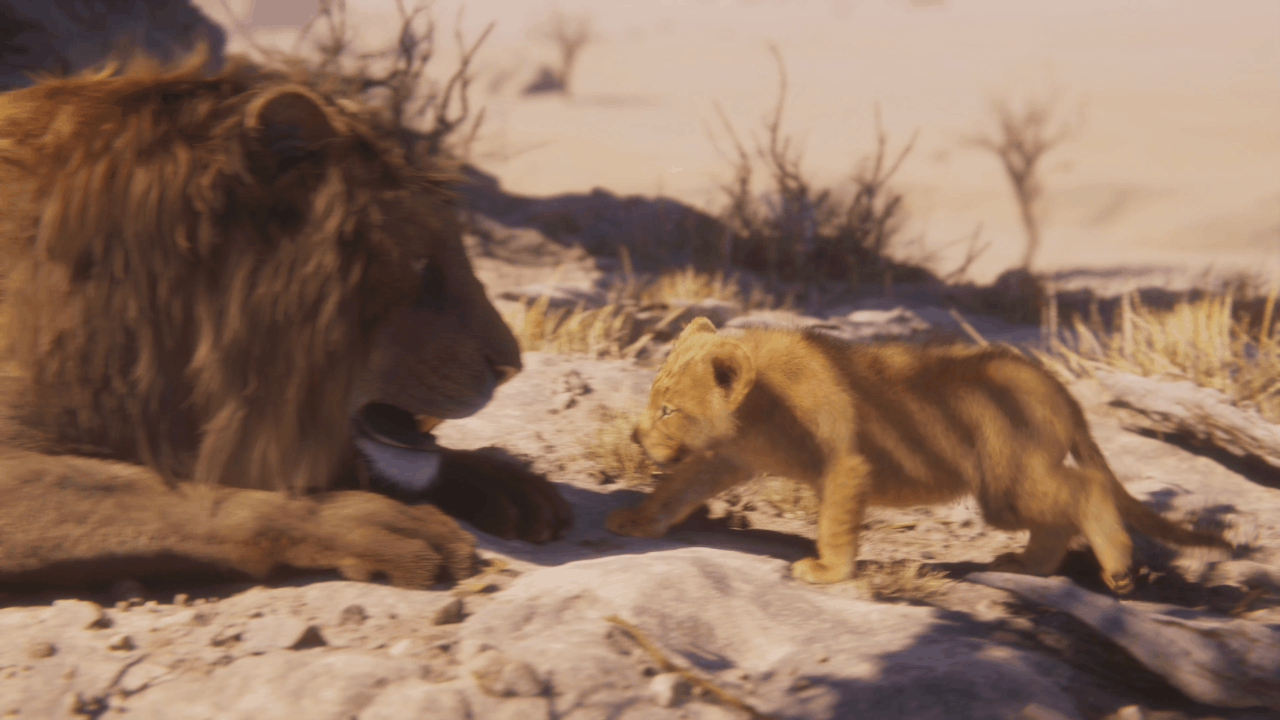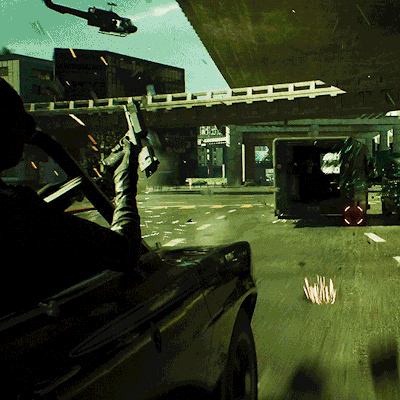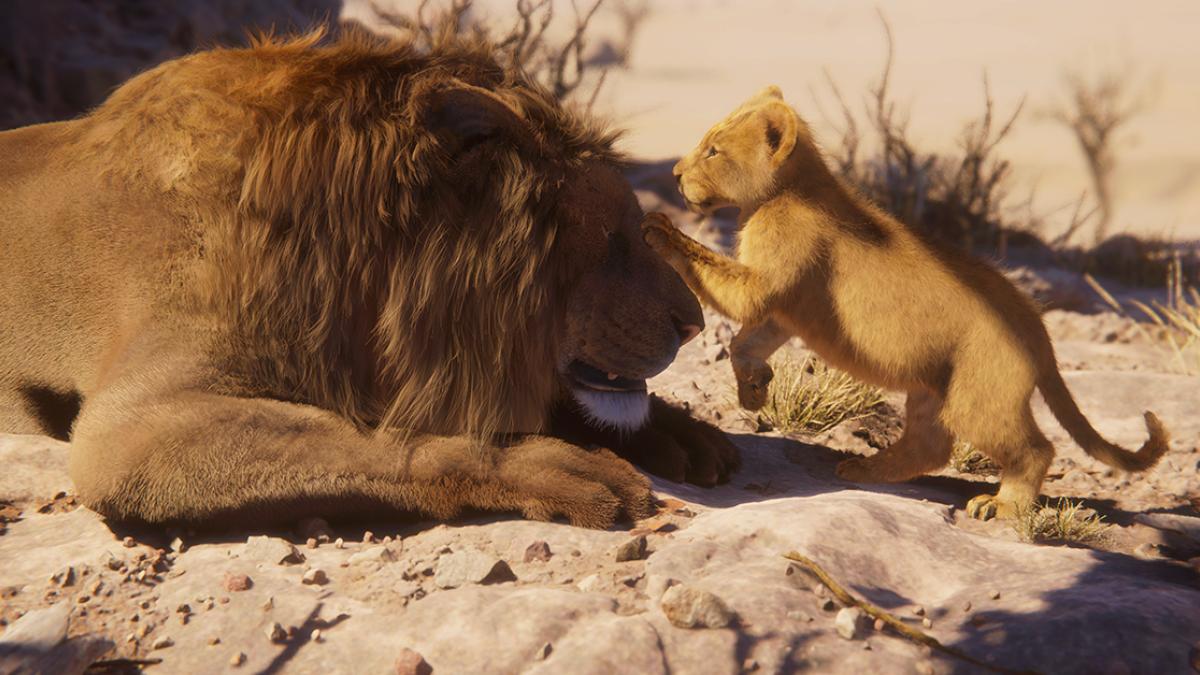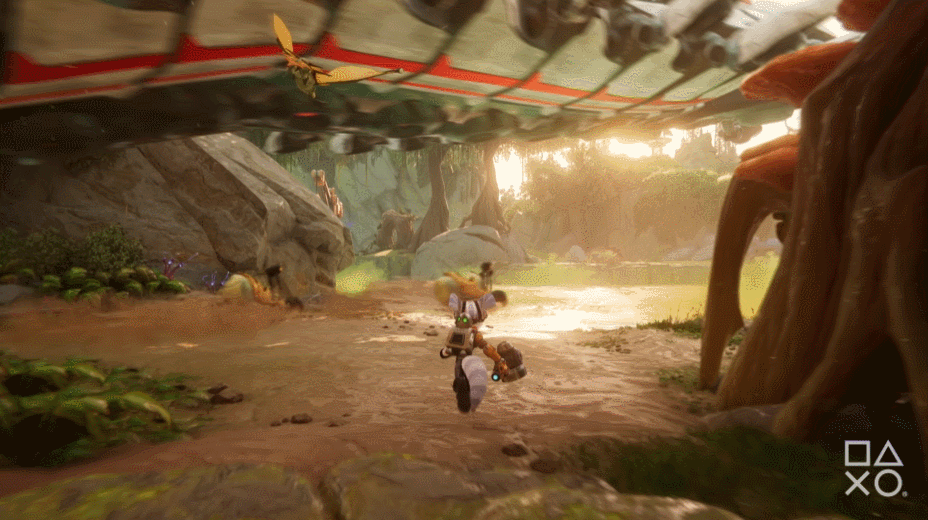The team had to tackle the challenge of simulating and rendering several million hairs on high-fidelity grooms. In order to achieve this, a significant set of performance and visual-fidelity improvements were made to HDRP.
One set of improvements includes a new GPU-driven clustered hair simulation that enables millions of hair strands to react dynamically in real-time, part of the new
Hair System released on Unity's GitHub. This builds on the hair simulation used for the incredible Digital Human showcase,
Enemies, and expands the method to handle several orders of magnitude more hair strands efficiently on GPU.
For hair and fur rendering, the graphics developers at Unity designed a set of improvements to a GPU tile-based software rasterization algorithm in HDRP, with significant optimization to render several million unique hair strands. This method achieved smooth visuals with analytic anti-aliasing with compute-sorted order independent transparency for hair strands, and improved advanced physically-based hair lighting models for film-quality hair strand rendering.
This approach means that we can now render millions of individual hair strands, all moving independently and uniquely, without artifacts. It accurately preserves the hair highlights and the way that the light shines through soft hair, such as on the cub's fur or the lion's mane in the sunlight.
















